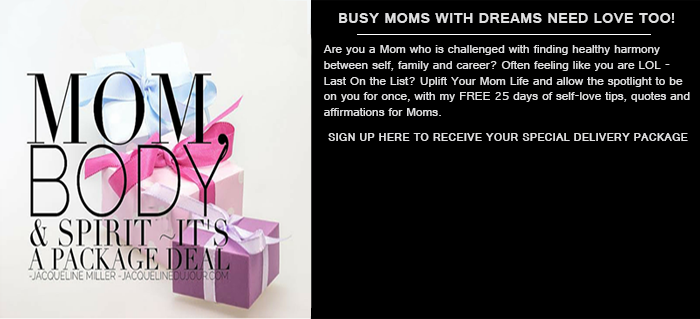If someone was to ask you what the purpose of your business is, would you just say that it’s about gaining a profit, or about developing strong communication between your business and your customers? When your business is in its infancy stage, the temptation is to focus on the product as the main draw. Granted, there’s a lot of common sense behind this. But overall your brand is linked to you. We’ve all seen companies that have pens, staplers, t-shirts, and anything else you can imagine being sold, as well as the primary product. This type of branding is something that can work particularly well if you get the right merchandise. However, if you don’t, this could lead to wasteful spending. So, what are the best ways to create excellent brand merchandise? How can you tie brand and merchandise seamlessly to convey an all-encompassing business identity?
Conduct A Trial Run
It is probably beneficial to your bank balance to keep the merchandise expenses low at the very start because it’s going to be a complicated process to understand exactly what types of merchandise benefits your company. It’s better for you to have a trial run of certain merchandise that is linked more naturally with your product. For example, if you sell alcoholic beverages, it’s a very logical step to use coasters and glasses as part of your product experience. And these types of products you can benefit from by giving away for free at the very start. It’s better for you to get your main products up and available for sale first, and when it becomes in high demand, you can then sell merchandise to tie in with your popular product.
Know Your Target Market
Knowing your target market takes a lot of the guesswork out of merchandising. Once you establish a very specific demographic of people who buy your product, you can then create merchandise that is far more suitable. If you are someone that is creating a product for your own specific demographic, what would you want to see? This is why market research is so beneficial, but it also gives you the opportunity to really nail down what merchandise is necessary, and what is superfluous. There are plenty of web tools that can help you to understand your demographics online. But it’s also beneficial to have web forms on your website so you can get honest opinions of the service you provide, and so you can begin to tailor your main products, as well as the merchandise, to the right people.
Quality, Not Quantity
This applies to your merchandise too. It’s far better for you to focus on high-quality merchandise rather than something that symbolizes your logo but is impractical. If you’ve ever attended a sporting event, and you’ve had a t-shirt shot out of a cannon in your general direction, the excitement of that moment is gone as soon as you realize that the print is smudged and the shirt is far too small for even a baby to wear! Practicalities are a significant thing to consider in merchandising, but the quality of the design is something that shouldn’t be sacrificed. There are many companies with a package design portfolio that is incredibly diverse, and you can take inspiration from other merchandise and the companies that created them, by examining the quality, and seeing if there is a direct correlation between the quality of the merchandise and the success of the business. Most of the time, there is! People will have an opinion of your brand if your products are subpar, and it’s very much a case of “well, if this t-shirt isn’t even wearable, what are their real products like?” it’s unfair to assume that people will give you the benefit of the doubt. You need to provide a fantastic image in every aspect of your brand.
Merchandise Shouldn’t Account For The Majority Of Your Sales
If it does, then you should be in the merchandising business, because your product isn’t up to scratch! You should think of merchandising as advertising rather than a real income. If you can aim to break even on your merchandising, then you are doing your job right. Much like supplementary products like podcasts or dynamic YouTube videos, they form part of the experience, not the whole of it! This is the mindset you need to operate in when it comes to promoting your merchandise. The merchandise should necessarily be promoted outright; it’s another way to get your main product and your brand into the minds of potential customers. It certainly proves to be an exciting gateway, but with merchandise that becomes too invasive, it can ruin the experience for your customers. A prominent example is on any website with the merchandise or shop icon plastered on every single page. It should be just at the bottom of a page, so the customers have the option to click on it if they so want. It’s definitely a great way to combine the experience of your primary product with the ethos of the brand, but it’s the primary product that needs to be promoted most.
Tying brand and merchandise together is one of the essential marketing practices. But it’s also about capturing the audience’s imagination with these tiny trinkets that guide them towards the primary product. Your business ethos and identity should be in every single product you create, from merchandising to advertising to your team’s attitudes, and everything in between. Creating effective merchandising is a fine art all in itself because it shouldn’t overshadow the primary product. In going down this route, you shouldn’t consider every little product as a way to carry your business logo, but more than that, it’s a part of the overall experience of your brand.
*Article may contain affiliate links
0


Leave a Reply